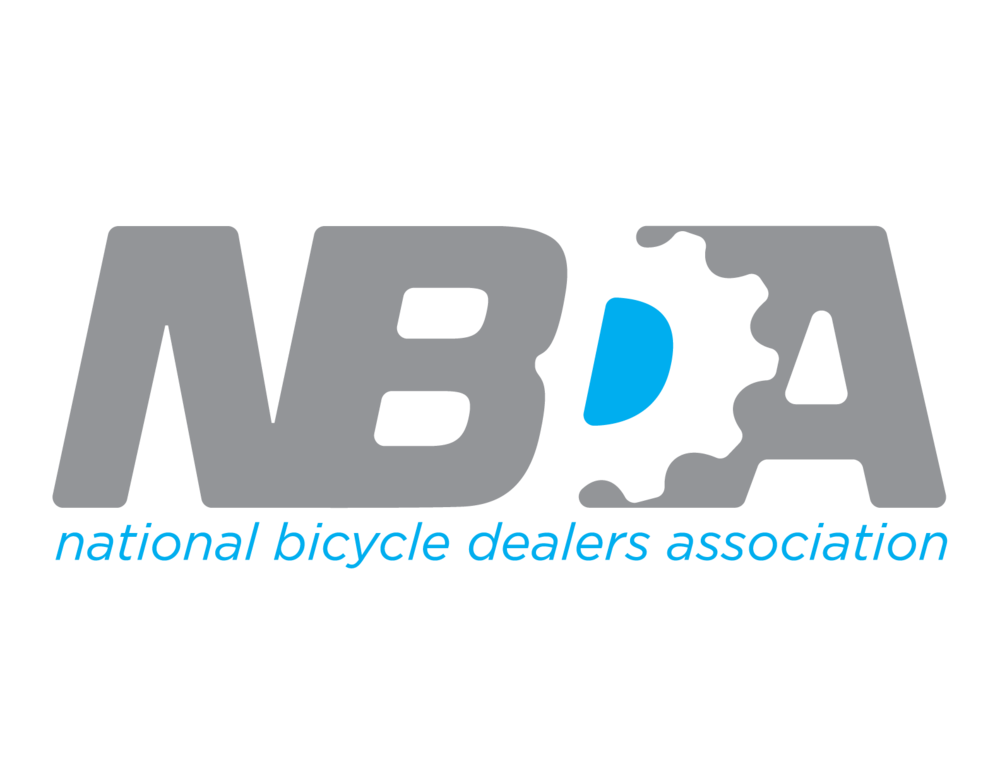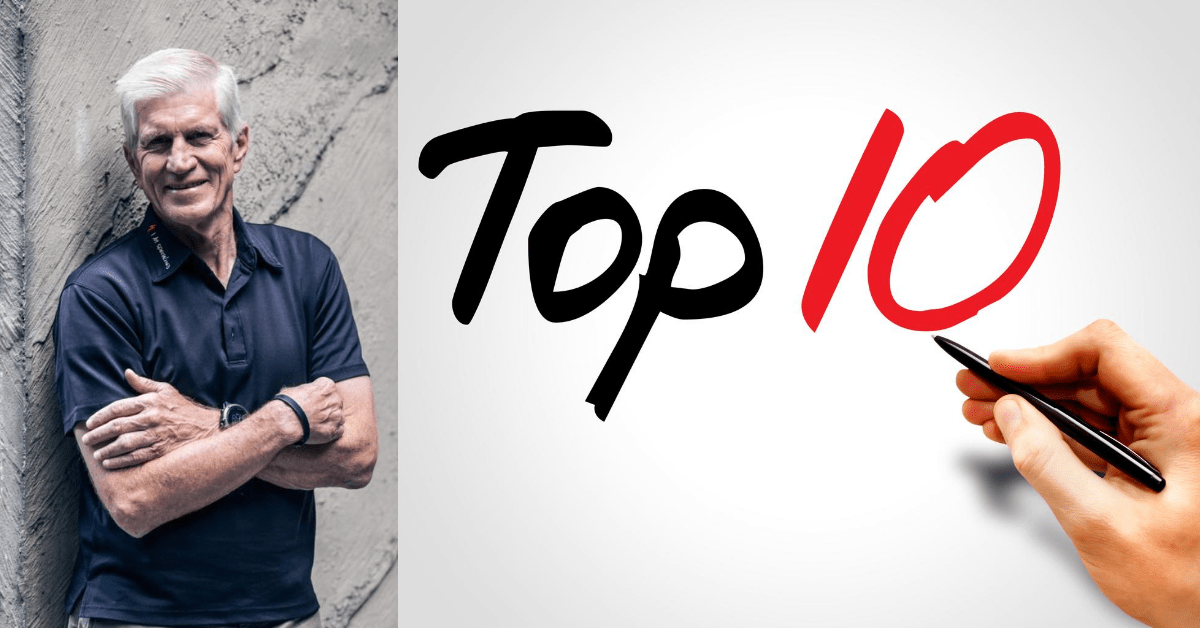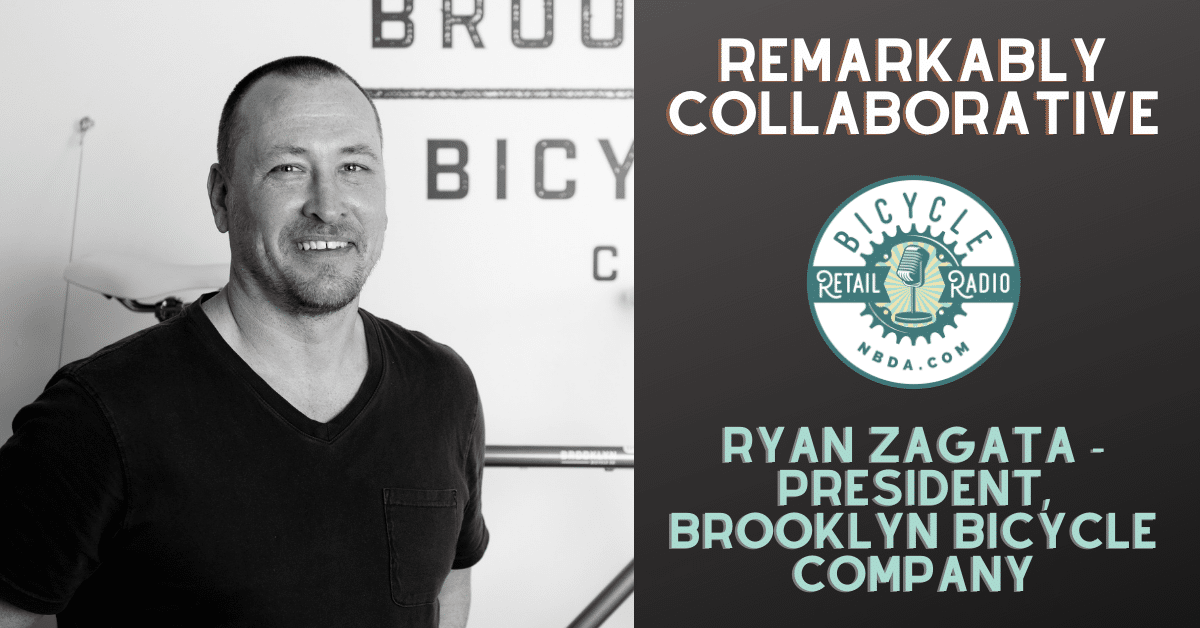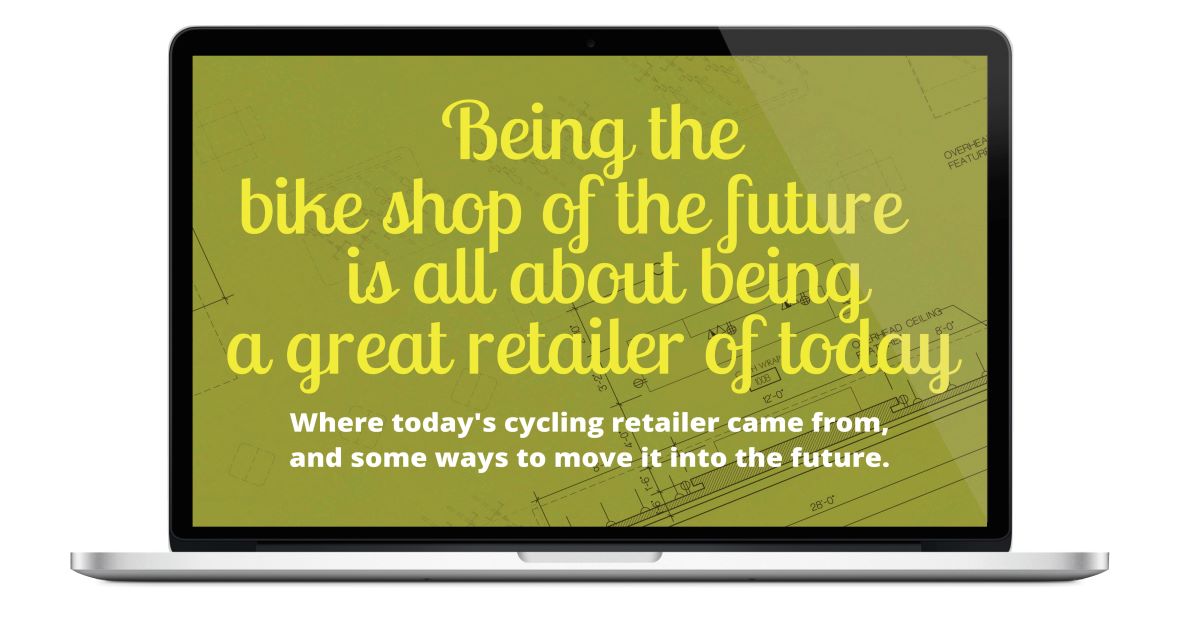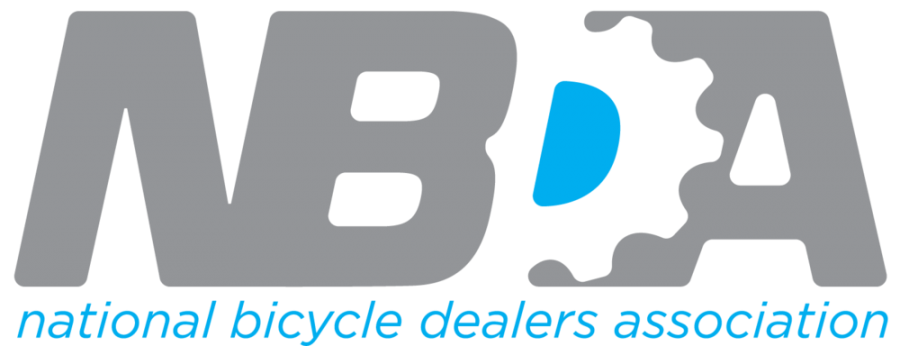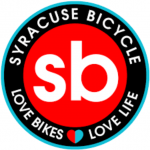Single vs Multi-Brand Model
As a former retailer, over time, I have carried many different brands of bicycles. As time marched on through the ’90s to today, the number of brands available seems to have dwindled quite a bit. There were in my opinion more options to carry in the past. Higher-end mountain bikes seem to be bucking this trend with quite a few brands available to choose from, and many mountain focused shops carry several brands of bikes. However, the overall landscape of choices for brands that carry a wide selection of products has been lessened substantially.
Along with this consolidation of choices, many retailers who may have carried several good brands have become ambassadors for one main line. The positives of this route are that streamlining of brands leads to increased efficiencies, better product representation, (hopefully) more knowledgeable staff, and stronger relationships with that vendor. The downsides are obvious. When the vendor you have chosen runs out of key product when you need it, with no alternative to drawing from you can really suffer a sales hit. When your main vendor perhaps fails to develop compelling products to keep themselves and ultimately your store relevant you will suffer as well.
The biggest issue in my personal opinion however is the loss of control on your business’s profit margins. Initially you commit to a larger and larger percentage of product to maintain your margins, but from what I have experienced and witnessed those margins continue to dwindle even when you have given complete representation to those vendors. I carried two major brands and balancing those two brands’ demands was NOT easy! The hardest part was that we felt we had developed a reputation as the store to get both of those brands. Even when the overall margins achieved between those two brands became positively weighted towards one brand to the tune of nearly 8%. I would constantly try and calculate the increased profits (we were already highly profitable), should jettison the less profitable brand and on paper it made sense. BUT, what if we ran into those problems above? What if we lost customers we had sold heavily into that dropped brand products? We felt the weight of a decision that made sense on paper but held many perceived or real pitfalls if we dropped one brand or the other.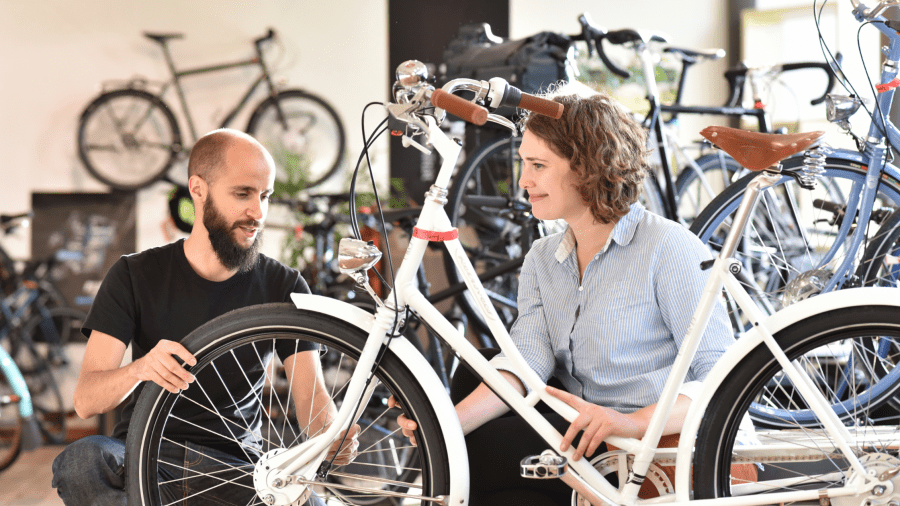
I have seen my own financials of course, and those of other stores. I have looked at a business that was very similar to mine but their margins on bikes were lower by enough to account for about $50,000 difference in profits – this is based on two relatively “average” sized stores. I don’t know about you but at that kind of difference, perhaps all retailers should at least do some basic calculations and run scenarios in their minds about the consequences or benefits of holding onto a vendor out of sheer inertia or the perception of time invested versus the potential profit upsides of making a change.
There are enough variables in this thought process to begin dozens of offshoot conversations. I would love to explore those thoughts further and hear from others about this topic. As an industry, we have learned so far into the mono-brand retail model my gut instinct is that things will at some point begin to swing back to a model that rewards quality product, available when you need it, and delivers margins that are once again in the low to mid 40’s on “bread and butter” entry-level product. Is this a fantasy or what we simply need to bring many retailers back to fair levels of profitability? Expenses continue to rise, yet margins continue to dwindle, particularly on the higher-end products, and while that product delivers overall higher gross dollars, it also requires a much more capital intensive commitment. There are no easy answers, but the topic is one that deserves more attention. Please leave comments below, or if you feel more comfortable by all means email me at david@nbda.com and we can chat that way. I would love to develop this thought process further and hope to learn more about your businesses and how you feel about this topic. Have you experienced success with a single mainline model that would have not been possible otherwise, or do you feel carrying several brands is the route to take for positive results?
Words by David DeKeyser
 David DeKeyser and his wife Rebecca Cleveland owned and operated The Bike Hub in De Pere, Wisconsin, for nearly 18 years. In 2018, they sold the business and real estate to another retailer based in a nearby community. David now writes the Positive Spin series on Bicycle Retailer and Industry News and he writes articles for the NBDA’s blog, Outspokin’. David also provides business consulting through the NBDA’s P2 Consult Program.
David DeKeyser and his wife Rebecca Cleveland owned and operated The Bike Hub in De Pere, Wisconsin, for nearly 18 years. In 2018, they sold the business and real estate to another retailer based in a nearby community. David now writes the Positive Spin series on Bicycle Retailer and Industry News and he writes articles for the NBDA’s blog, Outspokin’. David also provides business consulting through the NBDA’s P2 Consult Program.
 The NBDA has been here since 1946, representing and empowering specialty bicycle dealers in the United States through education, communications, research, advocacy, member discount programs, and promotional opportunities. As shops are facing never-before-seen circumstances, these resources offer a lifeline. Together, we will weather this. We at the NBDA will not waver in our commitment to serving our members even during this challenging time—but we need your support.
The NBDA has been here since 1946, representing and empowering specialty bicycle dealers in the United States through education, communications, research, advocacy, member discount programs, and promotional opportunities. As shops are facing never-before-seen circumstances, these resources offer a lifeline. Together, we will weather this. We at the NBDA will not waver in our commitment to serving our members even during this challenging time—but we need your support.
Now is the time to become a member as we join together to make one another stronger. Whether you’re a retailer or an industry partner, your membership in the NBDA is one of the best investments you’ll make this year.
Learn more about the benefits of being a member and join now.
